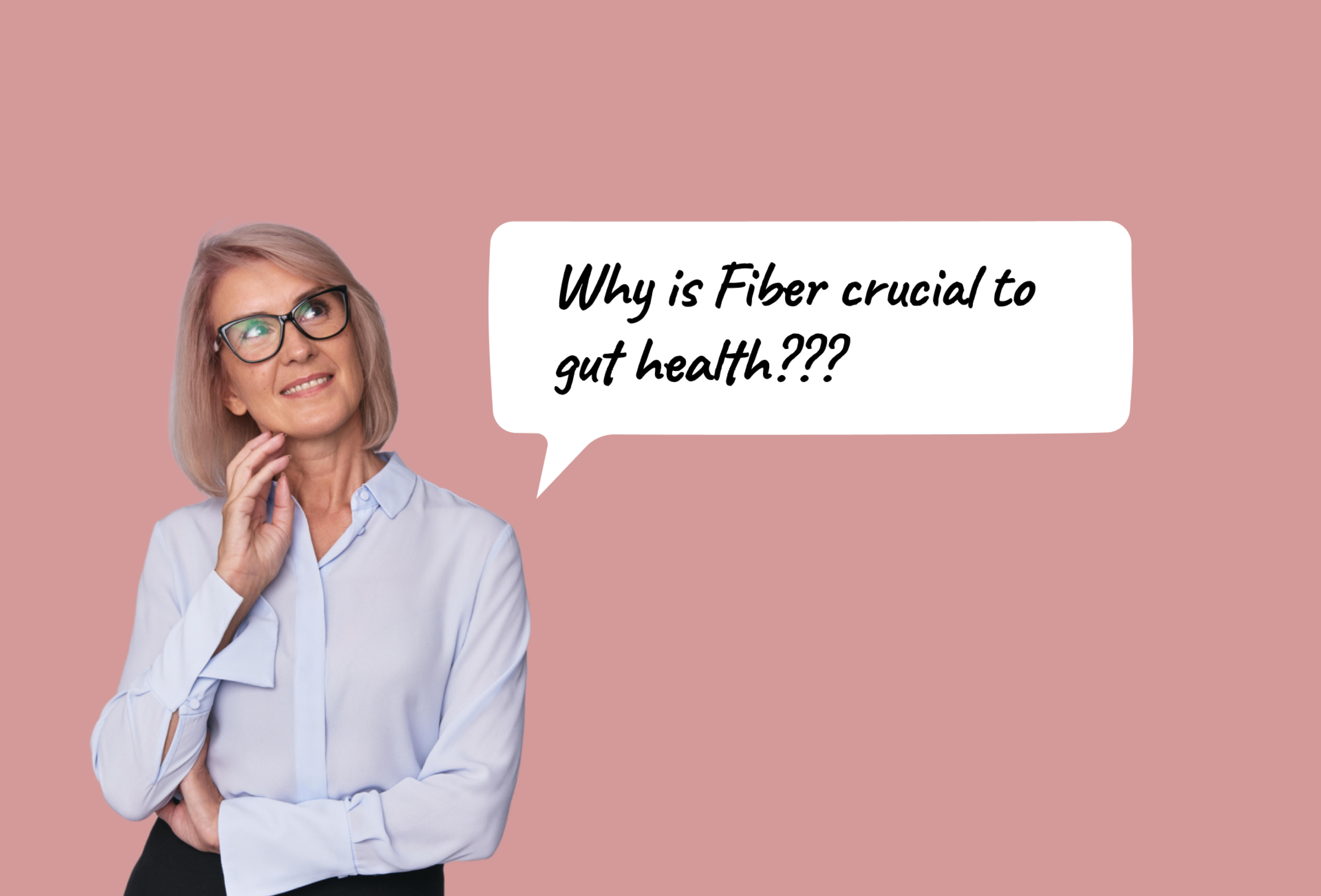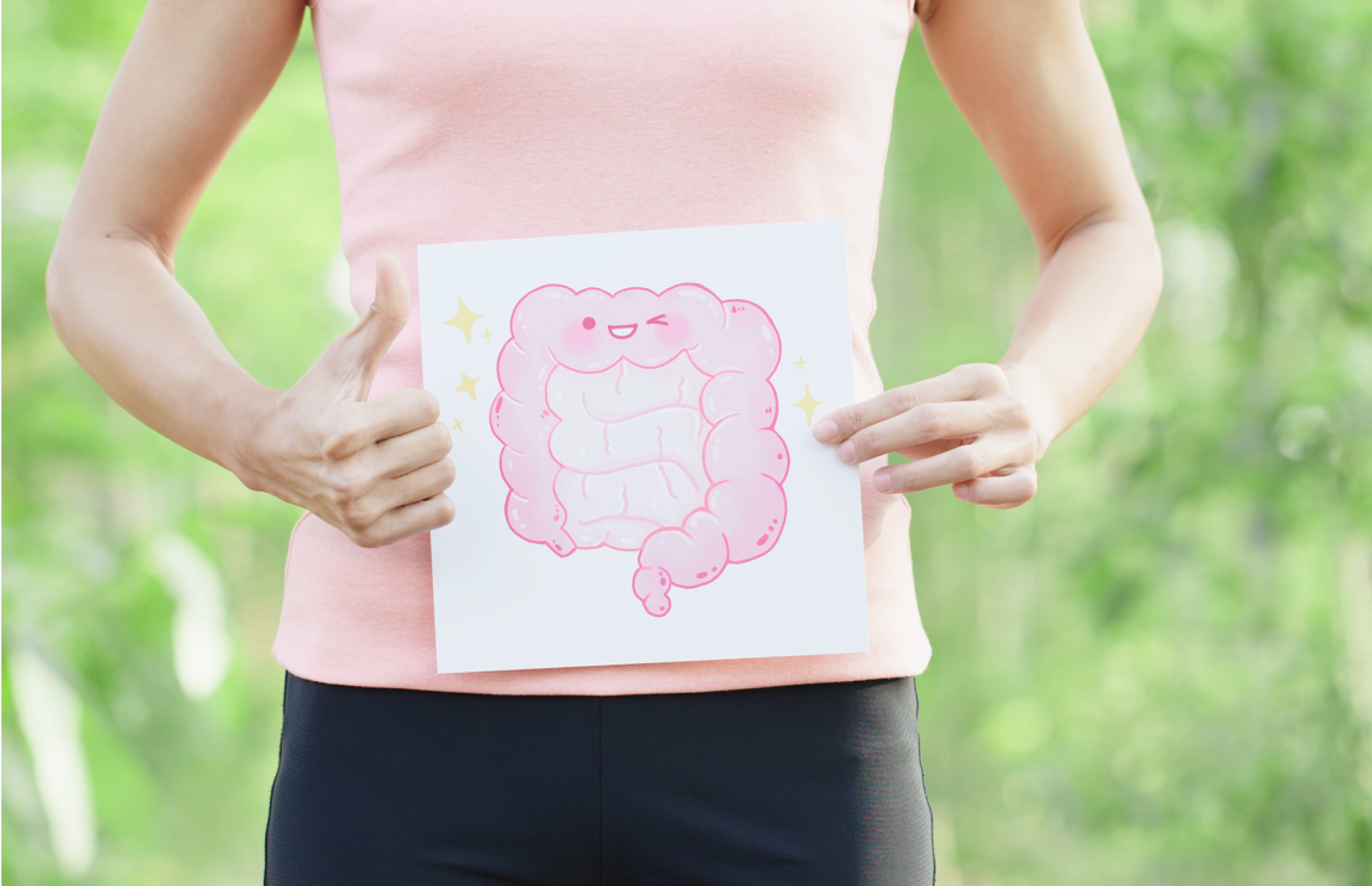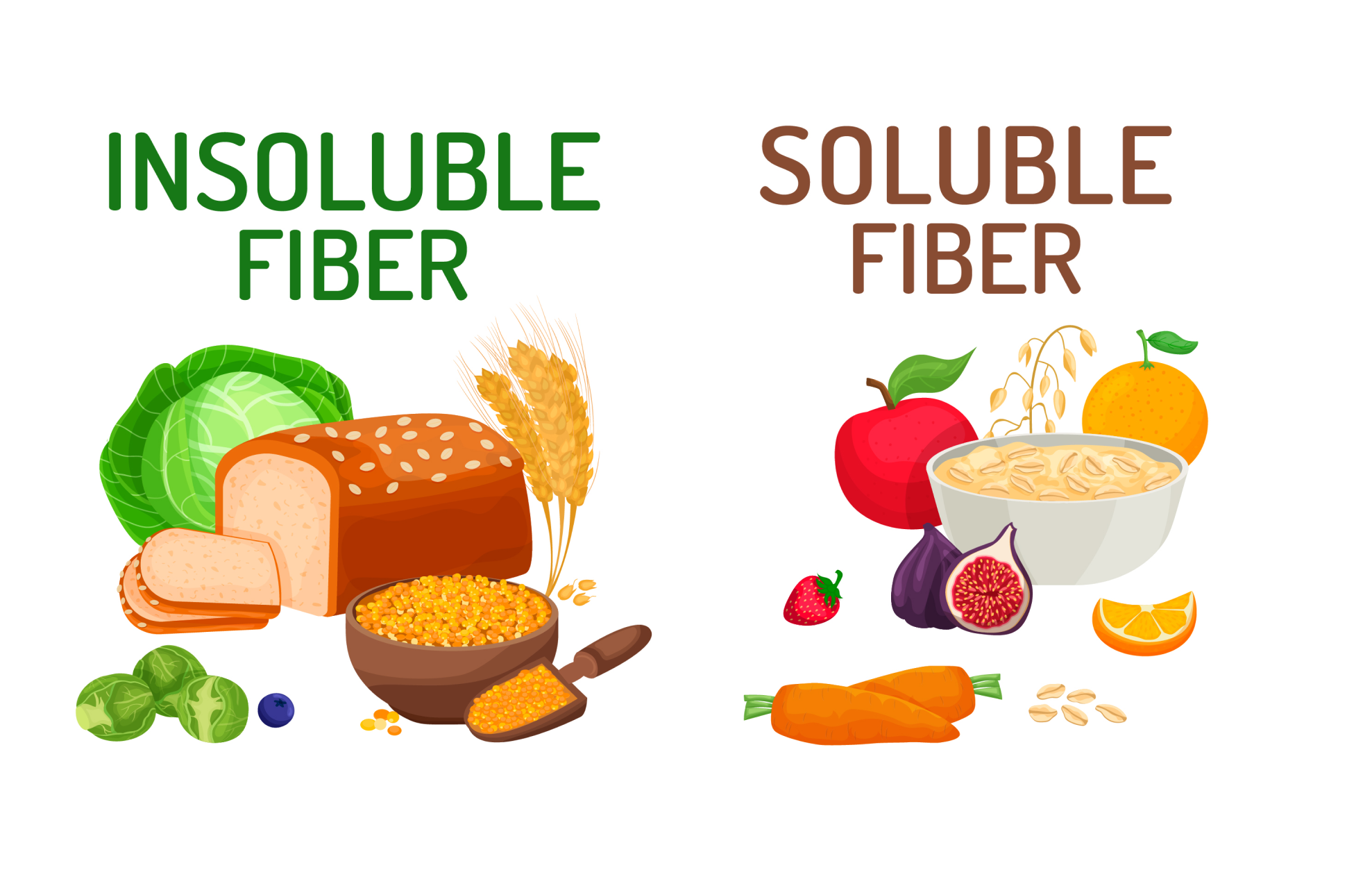


 by
Dr. Gina Sam M.D.
by
Dr. Gina Sam M.D.
Fiber has become extremely popular in the world of health and wellness. It is well established that fibers aid in relieving constipation, lower blood sugar levels, make us feel fuller, and help us lose weight. But there is still more to this food group that makes it incredibly important.
This nutrient has been linked to fighting off diseases and lowering the risk of developing various health conditions like food allergies, type 2 diabetes, and (strangely even) knee arthritis.
Not meeting your daily dietary fiber requirements can cast a dark shadow on your health in the long run. And it certainly impacts your digestive system. And while it’ll affect your weight loss goals, it’s now also widely acknowledged to play a part in determining how long you live.
Here are some of the questions this article aims to answer:
Dietary fiber is an umbrella term that refers to any kind of plant-based food or roughage that your body cannot digest. It contributes no nutrients as fuel but supports different body systems. Unlike other food groups – like fats, proteins, or carbohydrates, which the body breaks down and absorbs – pass through the digestive system relatively intact.

Fiber can be broadly divided into two categories depending on its water solubility: soluble and insoluble fibers. Plants often contain both types of fiber together but in different amounts and proportions.
Soluble fibers dissolve in water and form a gel-like substance, which helps digestion in several ways:
These fibers are found in plant gums and pectins. Example of this fiber type includes apples, peas, oats, beans, carrots, citrus fruits, barley, and psyllium.
Insoluble fibers do not dissolve in water and help improve bowel movement by doing the following:
These fibers are often found in plant hemicellulose and cellulose. Good examples of this fiber type include wheat bran, whole wheat flour, beans, whole grains, and nuts.
Dietary fiber adds much-needed bulky and water content to the stool and softens it. The bulk also helps stimulate the intestines, thus speeding up bowel movement and making it easy to pass the stool at the same time. For this reason, those suffering from constipation or slow bowel movement, benefit from fiber.

Fiber, especially soluble fiber like psyllium and apple, can help if the stomach is loose and the stools are watery. The fiber tends to absorb the water in the colon, thus solidifying stool and slowing its movement.

A high-fiber diet helps in preventing painful conditions like hemorrhoids, fissures, and tiny pouches inside the colon.
The presence of fiber in the digestive tract aids in lowering the body’s ability to absorb cholesterol. This principle works particularly when a person is on statins and takes highly soluble fiber supplements like psyllium.

Other soluble fibers like beans, oat bran, and flaxseed can have a similar effect simply by reducing “bad” cholesterol levels. There is also growing evidence that a diet high in fiber can benefit heart health by controlling and reducing blood pressure and inflammation.

The body takes longer to break down and process high-fibers than it does other food groups. And when the digestive process slows down, it also slows down the absorption of sugars. This helps in maintaining a consistent level of blood sugar, especially in people with diabetes.

The body takes longer to break down and process high-fibers than it does other food groups. And when the digestive process slows down, it also slows down the absorption of sugars. This helps in maintaining a consistent level of blood sugar, especially in people with diabetes.
Foods that are fiber-dense usually take a long time to be digested and keep the person feeling fuller for longer. That in itself means the person is likely to eat less and more likely to get hungry for the next meal after a longer period.

These foods also take more effort to eat and digest and don’t offer sufficient energy in return thereby having the “negative calorie effect”. Watermelon, for example, requires the digestive system to invest a lot more energy into processing it without yielding enough calories to make up for it. That is why people trying to lose weight are advised to load up on fruits and veggies.

An increasing number of studies are now linking high-fiber diets to better health and longer lifespans.
Dr. Denish Berkitt, an Irish physician and fiber specialist, revealed as early as the 1960s that Ugandans who consumed a fiber-dense vegetable diet didn’t suffer from a host of chronic diseases reported among Americans and Europeans.
Similar studies conducted in the late 80s showed that the long-living rural Japanese population consumed high-fiber diets, unlike their urban counterpart.
Today, scientists know why and how high-fiber intake is linked to longer lives.
Fibers are important because of the effect they have on our gut microbes. The gut needs a sufficient supply of fiber to feed the “good” bacteria and help them thrive. Once the gut bacteria thrive, they multiply and increase in variety.
The more varied the microbes are in our intestines, the healthier the mucus wall and the better it guards the rest of our body against the burgeoning bacteria colonies. A healthy mucus barrier reduces inflammation throughout the body while the bacteria assist in healthy digestion. Thus serving a two-fold purpose of providing nutrients and preventing chronic diseases.
Both soluble and insoluble fibers are important for healthy digestion. You can up your daily intake of fiber by consuming more fruits and vegetables, grains, and legumes. Whole wheat bread, oats, and black beans are also excellent sources of this food group.
And though there are occasions or conditions for which fiber supplements are important, it is best to get your fiber from real food since this way it will enrich you with essential vitamins, minerals, and other essential nutrients.
Here’s what you need to know before you make your fiber choices:
Soluble Fiber
Insoluble Fiber

Another great tip about getting the best fiber is to eat whatever fruits and vegetables are in season. Always make it a point to have a look at the in-season fruits and veggies at your grocery store. Eating these will introduce your gut to a new set of healthy bacteria adding diversity to your gut biome.

This content is for informational and educational purposes only. It is not intended to provide medical advice or to take the place of such advice or treatment from a personal physician. All readers/viewers of this content are advised to consult their doctors or qualified health professionals regarding specific health questions. Neither Dr. Sam MD/MPH nor the publisher of this content takes responsibility for possible health consequences of any person or persons reading or following the information in this educational content. All viewers of this content, especially those taking prescription or over-the-counter medications, should consult their physicians before beginning any nutrition, supplement or lifestyle program.